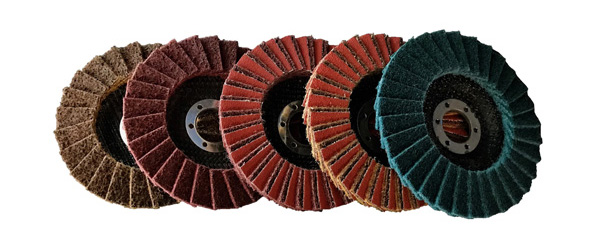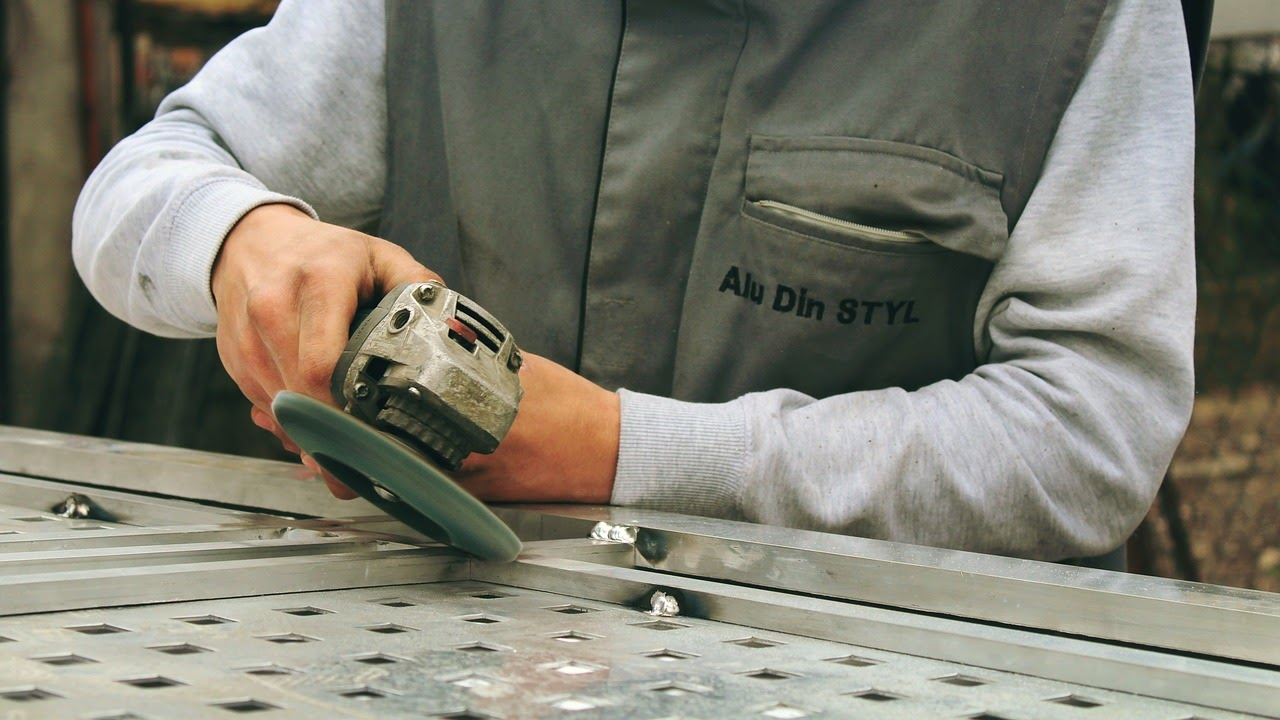When most people think of abrasives, they may first think of a standard grinding wheel or grinding disc. So when should I change the course and use a flap or flap sanding disc?
The flaps are used to deform and shape the metal. They have densely layered emery fabric flaps that allow certain metals to be formed while retaining the appearance. They are most commonly used in welding, machining, heavy equipment, industrial maintenance, agriculture and food production.
The main advantage provided by the flap and the flapper sanding disc is that it provides the viewfinder finish and can work on uneven surfaces compared to the grinding wheel, but they have other benefits:
- Ability to change pressure as needed to provide a rougher or smoother finish
- Cooler operation, which means you are less likely to leave burnt or hot marks
- Reduce vibration and fatigue for a more comfortable operation
- Increased safety due to no debris or flying debris
- Better finish and less gouging for improved appearance
- The flaps do not provide the same level of metal removal as standard flap sanding discs, and they can wear faster and cut more slowly, so weigh these advantages and disadvantages to determine if the flaps or flap sanding disc are right for your job. important.
When using a flap sanding disc to smooth the weld, the service life of the standard flap is 25 times longer than that of the alumina resin disc. Can be ground and finished at the same time. Positive grinding can be performed with only a large amount of pressure, and a lower pressure can be applied to obtain a better finish.
BINIC offers fast floppy cutting action with curved, contoured and irregular surfaces. They have different thicknesses, diameters and densities so you can get the right abrasive for your job.
The line has a diameter ranging from 4 to 7 inches and an abrasive from 24 to 120 inches. The lower abrasive number is best for standard grinding and the higher abrasive number provides a smoother finish. For best results, use one or two coarse-grained flip-top discs that are rougher than conventional flapper sanding discs.
Discs with higher densities have a longer life, but standard-density discs can more aggressively clear inventory.
Premium abrasives extend the life without the need to change discs frequently. High-quality flaps can also be ground and polished at the same time, which means you don’t have to switch between the two discs.
Even a standard flapper can do a lot of great things, and sometimes it requires a higher strength abrasive. They can provide a longer life and even remove more inventory.
With a proprietary ceramic matrix, BINIC is the top of its range, offering excellent service life and powerful grinding capabilities. These discs offer high cutting rates even on hard alloys such as stainless steel, cobalt and titanium. They also have high surface area and excellent heat sensitivity.
The BINIC flaps feature high-quality ceramic granules for outstanding performance even on hard alloys.
A special type of flap disc allows you to see the workpiece while grinding.
Flap sanding disc
The flap sanding discs are similar to the flaps in that they are metal in shape, but the flapper sanding disc design allows you to grind and finish inaccessible areas such as pipes or tubes.
Like discs, they come in a variety of sizes, thicknesses, diameters and widths depending on the application.
Standard baffle wheels
Standard baffle wheels made of alumina abrasive cloth provide consistent grinding and finishing for applications including final metal finishing, deburring, edge blending, cleaning and painting and plating.
Like the flaps, the BINIC range offers outstanding performance and its crystalline abrasive construction is ideal for fast and efficient grinding and finishing.
Overall, the flap and flap sanding discs combine grinding and finishing capabilities and provide useful tools for many abrasive applications.


